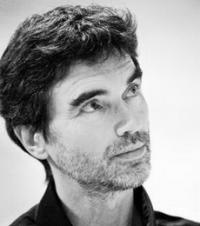The expression school of Notre-Dame designates a style of music part of Ars antiqua developed by composers who practiced at Notre-Dame cathedral in Paris between approximately 1160 and 1250. But more than a geographical connotation the expression refers to the characteristics of the compositions in addition to the use of rhythmic and melodic modes the eight church tones in use we especially note the appearance followed by an important development of polyphonic musical forms such as the conductus the conduit the flowery organum and finally the motet.
https//fr.wikipedia.org/wiki/École_de_Notre-Dame
|
|
||






